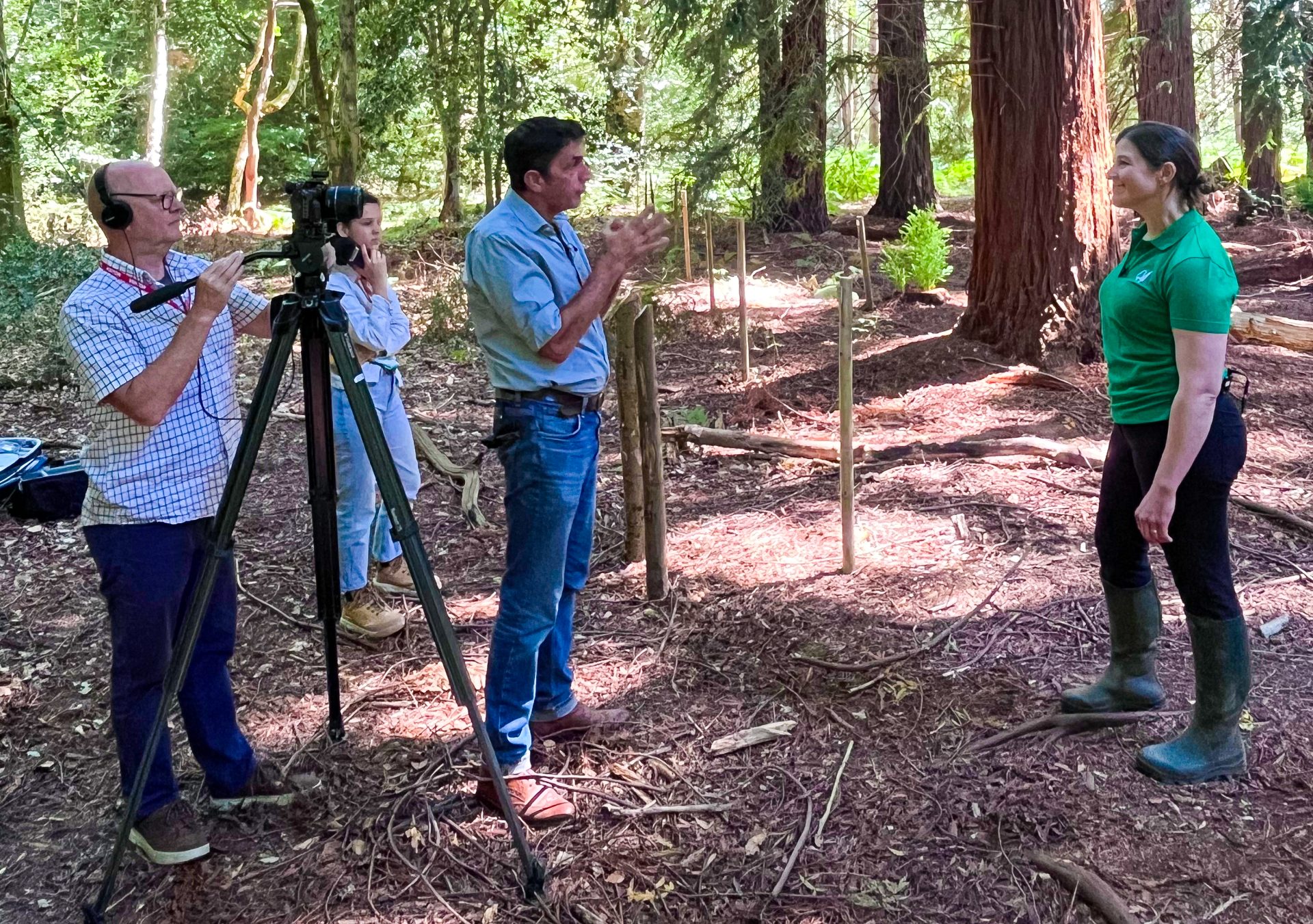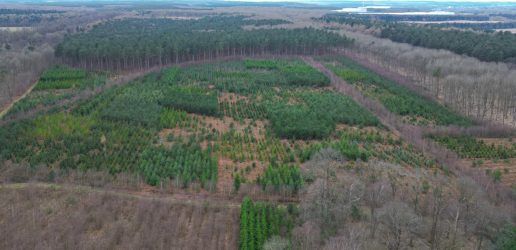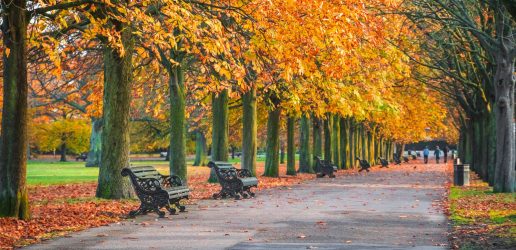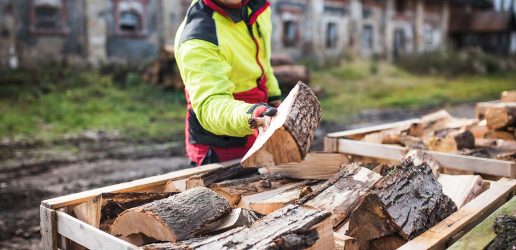Dr Gail Atkinson, FR Head of Climate Science, was interviewed by the BBC’s Climate Editor, Justin Rowlatt, as part of a news item on forests and climate change. The interview was timed to link to the new Met Office State of the UK Climate report, an important up-to-date assessment of the UK climate.
Gail was interviewed in a magnificent area of coast redwood trees (Sequoia sempervirens) which were originally planted in the 1960s to understand how they grow in a British climate (and to look at seed from different origins). The area is the fourth stop along the Alice Holt Forest Adaptation Trail, which demonstrates examples of climate change adaptation measures in a woodland typical of the southeast of England.
Justin asked Gail about the changes to our woodland and they could look different as the climate continues to change.

She said: “There’s increasing evidence that climate change risks are directly impacting our trees, woodlands and forests and these risks will continue to increase. We can see these changes already.”
Gail added that Alice Holt Forest has a mix of broadleaf and coniferous woodland which supports wildlife, timber production, recreation and research.
There’s increasing evidence that climate change risks are directly impacting our trees, woodlands and forests and these risks will continue to increase. We can see these changes already.
“Oak now comes into leaf a month earlier than it did in the 1950s. In future, this area is projected to become warmer, with more frequent extreme weather events, such as hotter, drier summers and drought episodes. These changes make trees unhealthy and can damage areas of forest and woodland, they also increase the risk of attack from pest and diseases. If you think back to recent years such as 2021 and 2022, storms, drought and heatwave damaged and killed thousands of trees.”
Justin asked about the type of adaptation and changes that need to be introduced to deal with a changing climate.
“We need trees to grow well to sequester carbon and continue to deliver the important benefits they provide to society and the environment. Each forest and woodland is unique, there isn’t a one-size-fits-all approach to adapting to climate change. For productive forestry in particular, though, there is a strong need to assess risk and diversify and that includes diversifying our tree species – but in a considered way and not adopting a scattergun approach”.
She continued: “Forest Research have tools and guidance about climate change risks and a number of case studies of how adaptation measures are being implemented into forests and woodland around the UK to increase their resilience. Some people are using continuous cover systems of management which are generally more resilient than rotational clear-fell forestry and there are opportunities for wider use of those systems,”
“Monitoring of growth rates and woodland needs to continue and increase, so that we can track the ongoing impacts of climate change and identify when and where to intervene. That involves looking at historic trials with new interest, such as this area of coast redwoods, now 60 years old, or the area of beech trees planted in 1940 to see how they’ve grown in British conditions and model how they might do in a hotter drier future”.
Forest Research has brought together the latest insights, tools and resources to help landowners, woodland managers and forestry practitioners to better understand and manage the effects of climate change.
You can find out more about pest and diseases which could have a devastating impact on our biodiversity, forestry industry, landscapes and future economy via Observatree, an early warning system to spot, eliminate or control outbreaks.
The public forest estate actively supports climate change mitigation and Forestry England is adapting areas of the public forest estate to climate change. You can find our more and get involved by joining your local forest group.
Recent News
View All news
Seventeen coniferous tree species show early promise for future commercial timber production in the UK
Researchers have set up a network of nine large scale experiments across the UK to test the suitability of 17 tree species as potential alternatives for future commercial timber production.
Forest Research are looking for people involved in the harvesting, processing, transport, import, or trade of firewood in Scotland to complete an important survey.

New guide to help local authorities conduct a people survey on the social value of their treescapes
A new step-by-step guide to help local authorities, charities and civic societies carry out a people survey to understand social and cultural values related to trees in their area, is now available.

Seventeen coniferous tree species show early promise for future commercial timber production in the UK
Researchers have set up a network of nine large scale experiments across the UK to test the suitability of 17 tree species as potential alternatives for future commercial timber production.
Forest Research are looking for people involved in the harvesting, processing, transport, import, or trade of firewood in Scotland to complete an important survey.

New guide to help local authorities conduct a people survey on the social value of their treescapes
A new step-by-step guide to help local authorities, charities and civic societies carry out a people survey to understand social and cultural values related to trees in their area, is now available.

